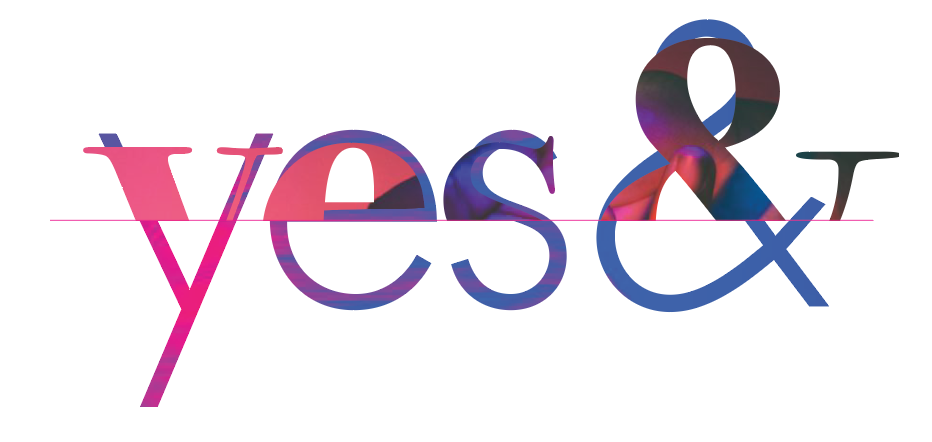Walking away from Caroline Sinders’ workshop, one statement she said really stuck with me: “all data is human output.” I understood this at a superficial level— data, no matter its form or destination, always reflects its (fundamentally human) input. But what does that mean for me? In an effort to contextualize this sentiment, I found this TED Talk from global tech ethnographer Tricia Wang. I’d like to steal a great analogy from Tricia to ground my takeaways from our workshop— the story of ancient oracles. Way back in the day, people would come from far and wide to consult an oracle about big decisions. She would babble through hallucinations and give advice but what kept people coming back was, as Tricia points out, the fear of making the wrong choice. Today, our oracle is big data— the decision-maker, trusted sometimes without rhyme or reason. But if you look a little closer back in ancient times, surrounding the oracle were her temple guides. The guides talked to the people who came requesting guidance, acquainted themselves with the depths of their problems, and helped interpret the oracle’s babbling. That is to say, in order to get the most out of the output it needed to be paired with and interpreted through more qualitative information. The same goes for our modern-day oracle.
If you’re interested in learning more about this, I would recommend reading this article by Tricia.

